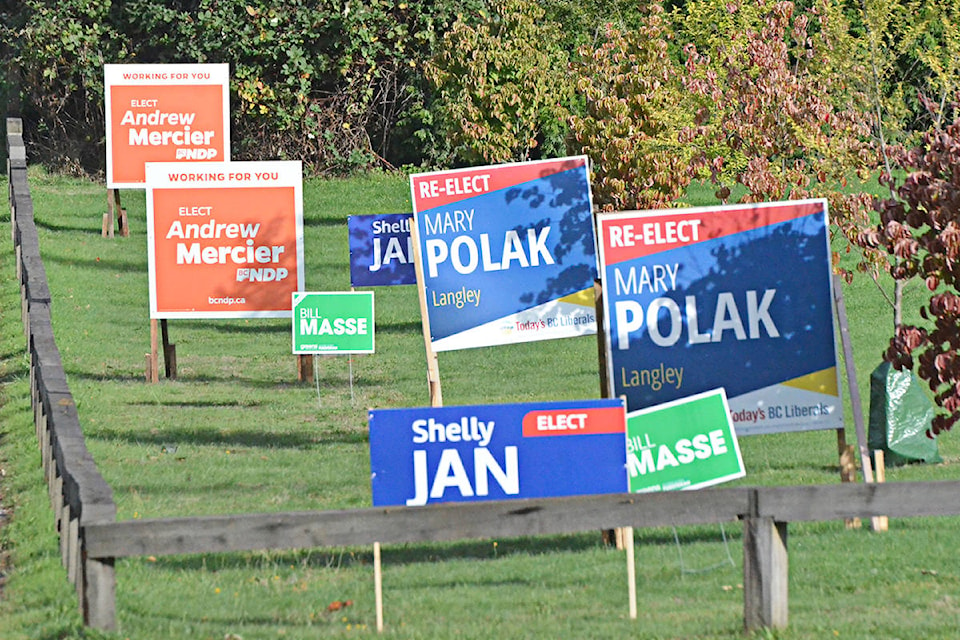The snap election is over, and the map of B.C. politics has been radically altered.
John Horgan’s canny opportunism has made him the first NDP leader to be reelected as premier, something neither Dave Barrett nor Mike Harcourt were able to pull off.
How did he do it?
Hindsight is 20/20, but I am already having some doubts about one of the explanations being bandied about, namely that this was a matter of changing demographics.
For example, Langley has been seen as a bastion of small-c conservatism in Metro Vancouver, along with Abbotsford to the east.
So the federal Liberals and the provincial and federal NDP have long pinned their hopes on the fact that it’s also one of the fastest-growing communities in the province.
More people are moving here all the time! And they’re different, younger, more diverse! They’re new Canadians, and they’re also young families from Vancouver and Burnaby and the Tri-Cities. Surely that would tip the scales a bit towards the center, maybe even the center-left?
But is there another explanation possible for the big swing in the Langley and Langley East ridings?
What about Andrew Wilkinson’s terrible campaign? The Liberal leader’s facial expression often resembled Wile E. Coyote’s, just after he realizes he’s run off the cliff again.
What about the fact that it was a COVID-19 referendum, and that voters had already decided the NDP was doing a fine job, no need to change horses mid-pandemic?
Those are definitely part of the reason. But it tends to undercut the argument for demographic transition, doesn’t it?
After all, the NDP didn’t even campaign much in Langley before 2020. This year, all of a sudden, the polls told them it was worth trying, and for all the doubts that it would work, lo and behold, they’re leading.
And there’s no way that’s down to demographics alone.
In 2017, Mary Polak won in Langley with about 45 per cent of the vote to 35 per cent for her NDP rival.
The current count (pre-mail-in) is almost reversed, 44 per cent for the NDP’s Andrew Mercier, 34 per cent Liberal.
There has not been that much of a demographic upheaval in Langley in just three years.
No, this vote was something else. It was people actually changing their minds.
Part of that change was about how they viewed the parties, but a lot of it is just a change in what matters. There’s COVID, sure, but in addition, Langley is more urban. It has urban problems, like homelessness, affordability, and transit. More people than ever are concerned about the climate crisis. The NDP looked like the better option – this time.
See, this is both a boon to the NDP, and a warning. Just as the voters left the Liberals, they could swing again, maybe back to the Liberals, maybe to the Greens, depending on their concerns.
If voters are up for grabs, all parties are going to have to keep up.
